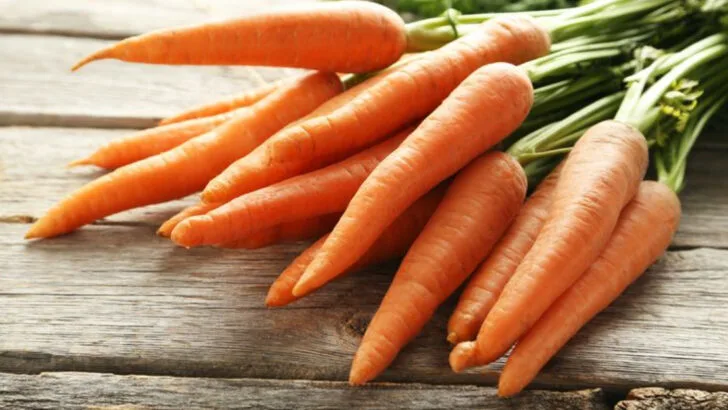Timing makes all the difference when it comes to growing root vegetables. Some of them, like carrots and beets, actually prefer the chill of early spring or the cooling days of fall. They grow sweeter, hold their shape better, and are less bothered by pests when the soil stays cool. Others, like sweet potatoes, want nothing to do with cold earth and will sulk or rot if planted too early.
This list breaks down which root crops are happiest in cooler weather and which ones need that extra bit of summer heat to really take off. Knowing the difference saves time, avoids disappointment, and helps make the most of each planting season. It’s all about giving each crop what it needs when it needs it.
Carrot
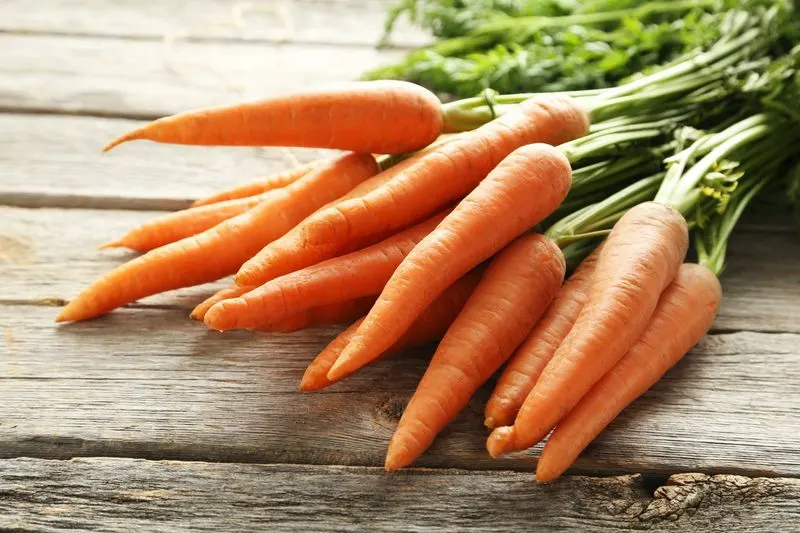
The carrot, known for its sweet crunch, thrives in the cool embrace of spring and fall. With soil temperatures between 55°F and 75°F, these orange wonders develop their characteristic sweetness. Planting carrots in loose, well-drained soil allows them to grow without restriction. Historically, carrots were grown for their aromatic leaves and seeds before the root became popular. Did you know? Carrots were originally purple and yellow before orange varieties took over in the 17th century.
Parsnip
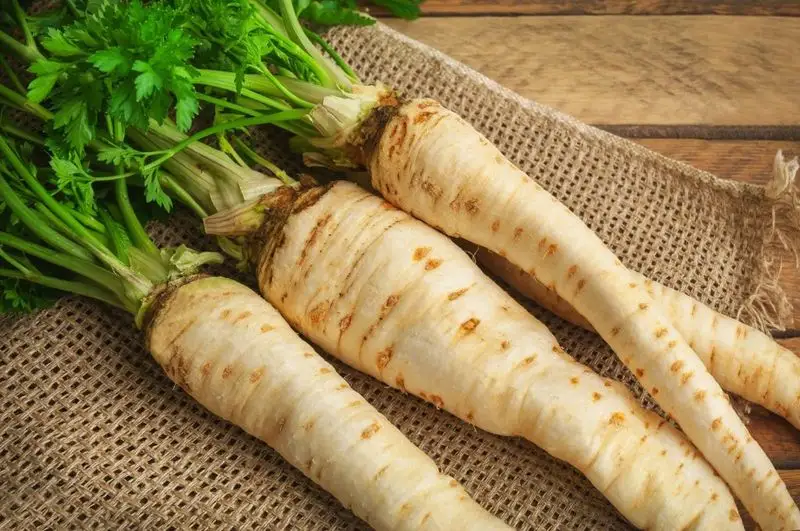
Parsnips, with their nutty sweetness, are a cool-weather delight. These ivory-hued roots become sweeter after the first frost, a result of starches converting to sugars. Originating from the Mediterranean, parsnips have been cultivated since ancient times. They prefer well-drained soil and full sun, making them a staple in autumnal dishes. Their unique flavor enhances stews and roasts, adding a warming touch to cool weather meals. Fun fact: Parsnips were used as a sweetener before the advent of cane sugar.
Turnip
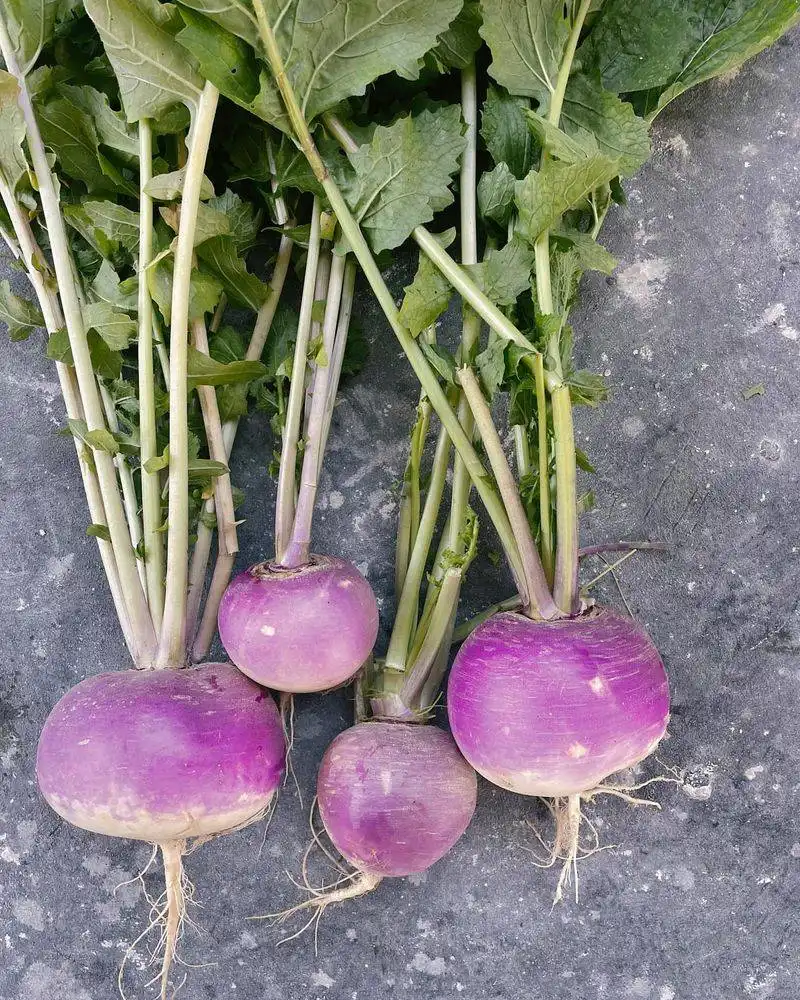
Turnips, with their peppery bite, are a staple in cool climates. These roots grow best in temperatures ranging from 40°F to 60°F, ensuring a crisp texture. Turnips have been part of human diets for centuries, valued for both their roots and leafy greens. Their adaptability makes them a garden favorite, thriving in well-drained soil. Historically, turnips were a mainstay in European diets before the introduction of potatoes. Did you know? Turnips were carved as lanterns during early Halloween celebrations.
Radish
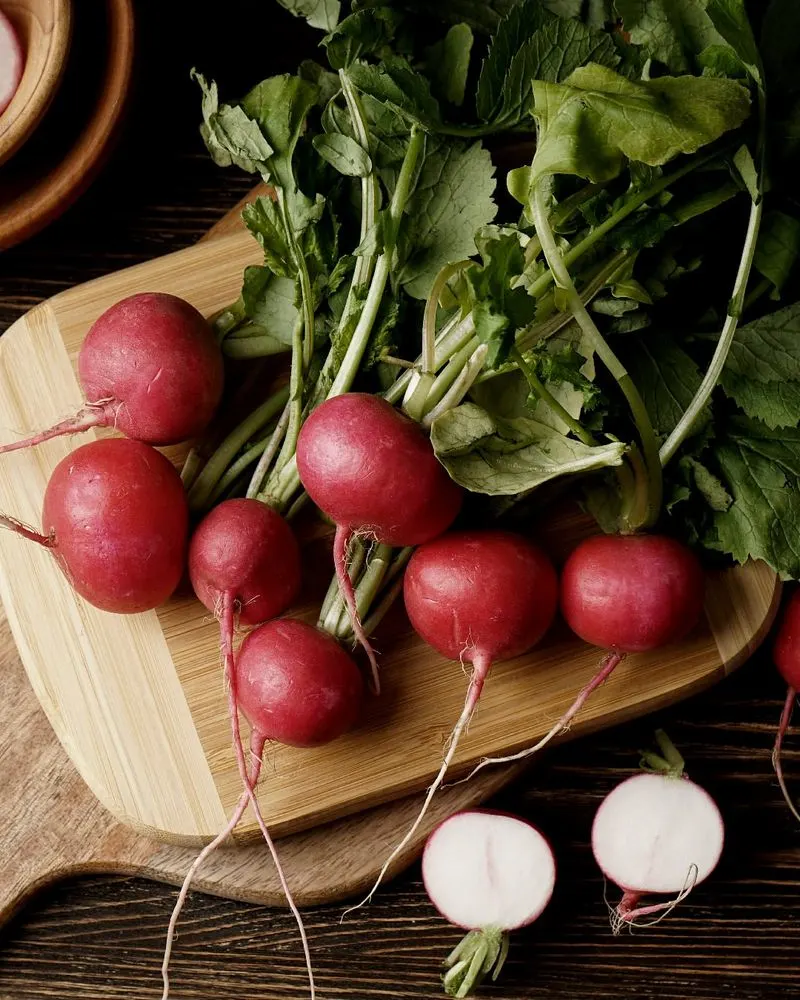
Radishes, with their sharp zest, are a gardener’s springtime joy. Thriving in cool weather, they mature quickly, offering a rapid harvest. These vibrant roots prefer temperatures between 50°F and 70°F. Radishes come in various shapes and colors, adding visual appeal to salads. Originating from Southeast Asia, they have been cultivated for thousands of years. Their rapid growth makes them ideal for companion planting, deterring pests. Fun fact: Radishes were given to workers as wages during the construction of the Egyptian pyramids.
Beetroot
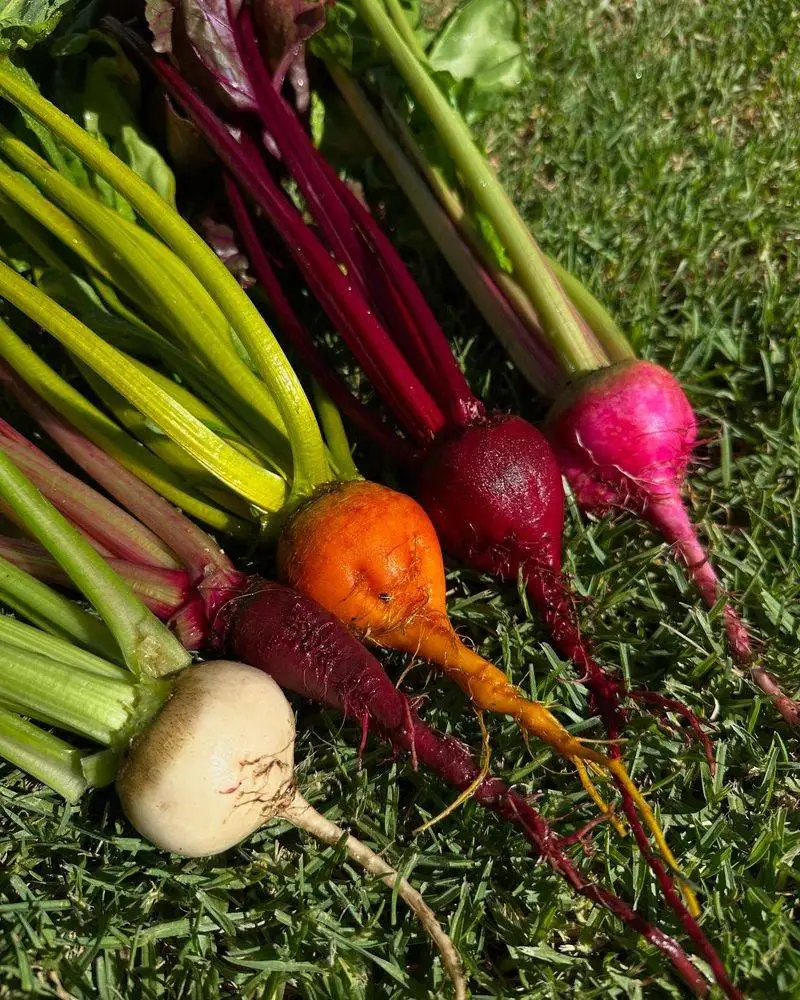
Beetroots, with their earthy flavor and vibrant color, thrive in cooler temperatures. Preferring soil temperatures between 50°F and 65°F, they develop a sweet, tender texture. These versatile roots are a source of natural dyes and culinary delights. Originating from the Mediterranean, beetroots have a long history in both cuisine and medicine. They are rich in vitamins and minerals, offering health benefits alongside culinary versatility. Fun fact: Ancient Romans used beetroots as an aphrodisiac.
Kohlrabi
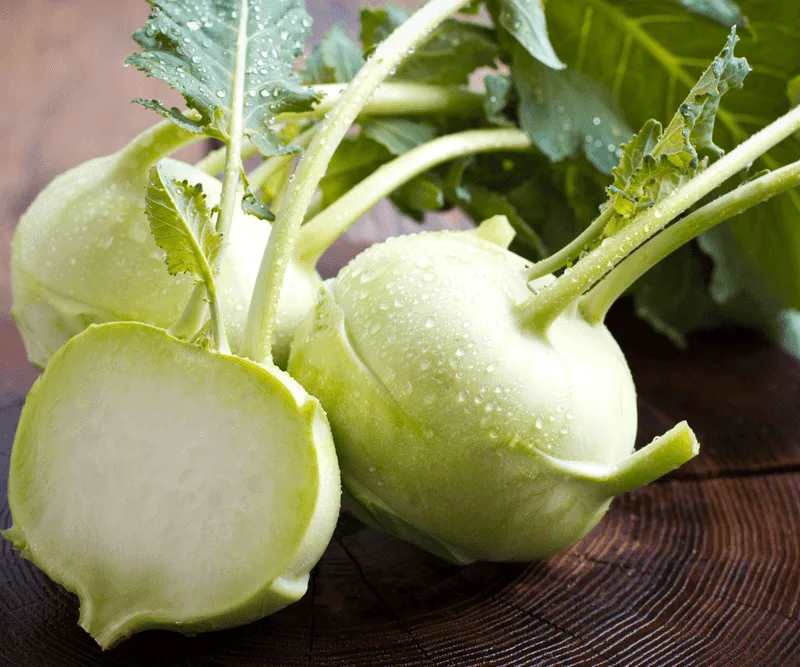
Kohlrabi, with its alien-like appearance, is a cool-weather gem. Growing best in temperatures between 40°F and 75°F, this unique vegetable is a gardener’s delight. Its bulbous stem, rather than the root, is consumed, offering a mild, sweet flavor reminiscent of broccoli stems. Originating from Europe, kohlrabi is versatile in culinary uses, from raw salads to cooked dishes. Its crisp texture makes it a refreshing addition to meals. Did you know? The name ‘kohlrabi’ derives from the German words for cabbage (kohl) and turnip (rabi).
Rutabaga
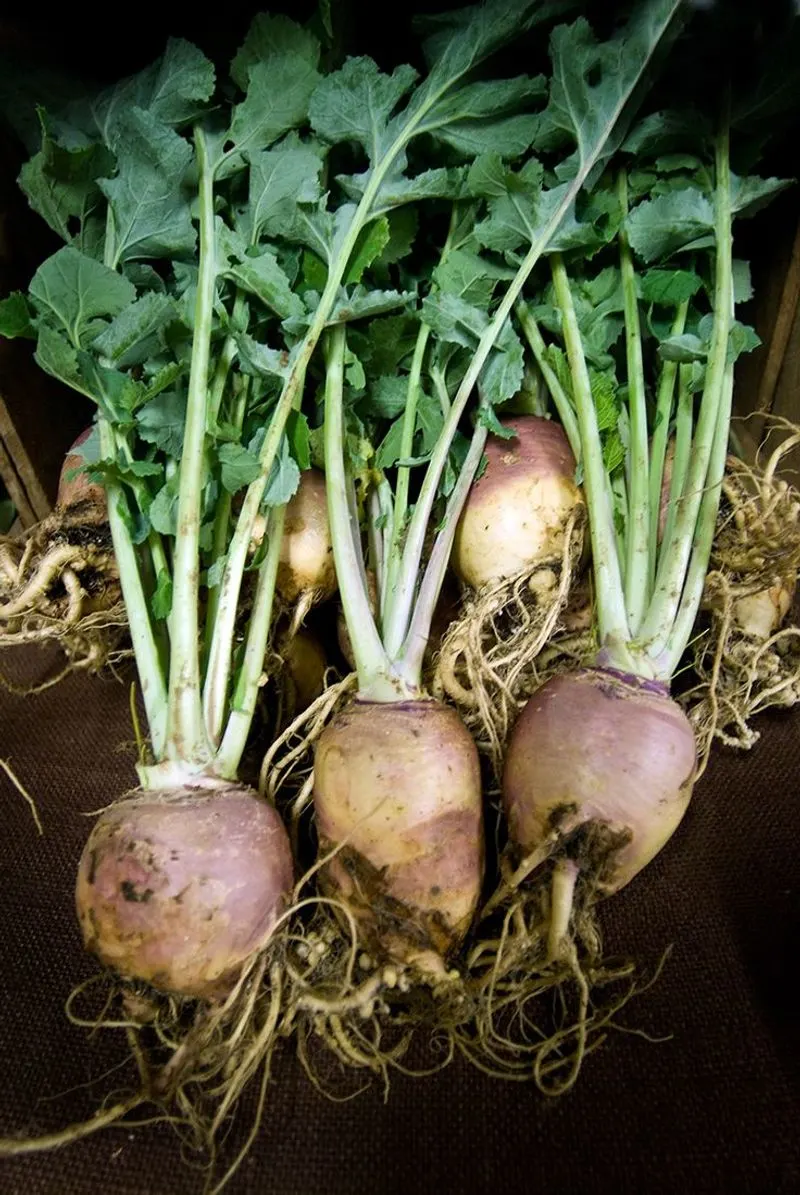
Rutabagas, known for their sweet, nutty flavor, thrive in cool weather. These robust roots prefer temperatures between 40°F and 65°F. Originating from Scandinavia, rutabagas have become a staple in European cuisines. They are a cross between turnips and cabbage, evident in their mild, sweet taste. Rich in nutrients, rutabagas offer versatility in the kitchen, from mashes to stews. Historically, they were a vital food source during harsh winters. Fun fact: In Scotland, rutabagas are known as ‘neeps’ and are often served with haggis.
Sweet Potato
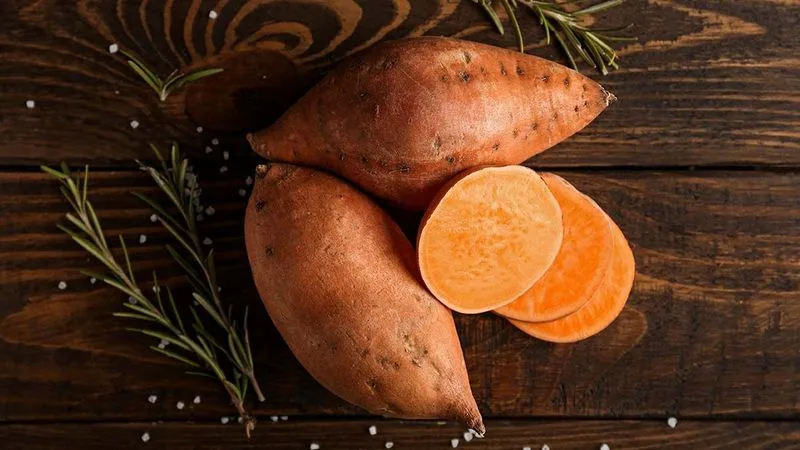
Sweet potatoes, with their creamy texture and natural sweetness, crave warm soil. Requiring temperatures above 70°F, they flourish in sun-drenched gardens. These vibrant tubers, native to Central America, have a rich history in global cuisines. Sweet potatoes are rich in vitamins A and C, offering both nutrition and flavor. Versatile in culinary uses, they can be baked, mashed, or fried. Did you know? Despite their name, sweet potatoes are not related to regular potatoes but belong to the morning glory family.
Yam
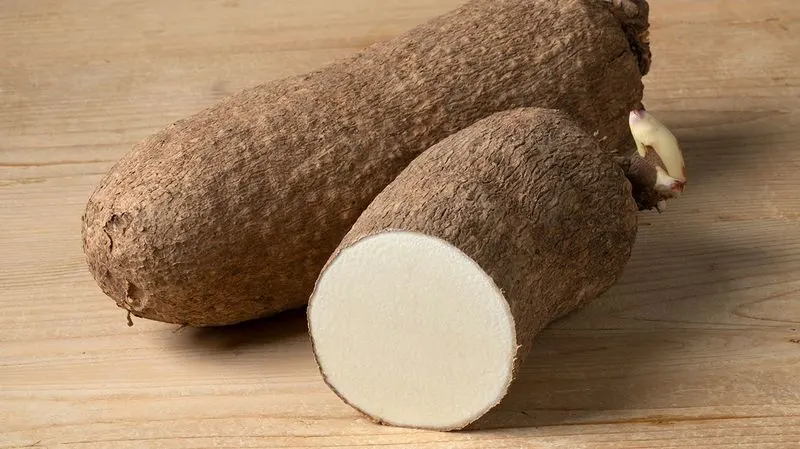
Yams, distinct from sweet potatoes, thrive in tropical climates. Needing warm, well-drained soil, these starchy tubers are a staple in African and Asian cuisines. Yams prefer temperatures above 75°F, making them ideal for warm regions. Their dense texture and earthy flavor are celebrated in various dishes, from stews to desserts. Rich in carbohydrates and fiber, yams provide sustenance and satisfaction. Fun fact: In West Africa, yams are celebrated in annual festivals marking the start of the harvest season.
Taro
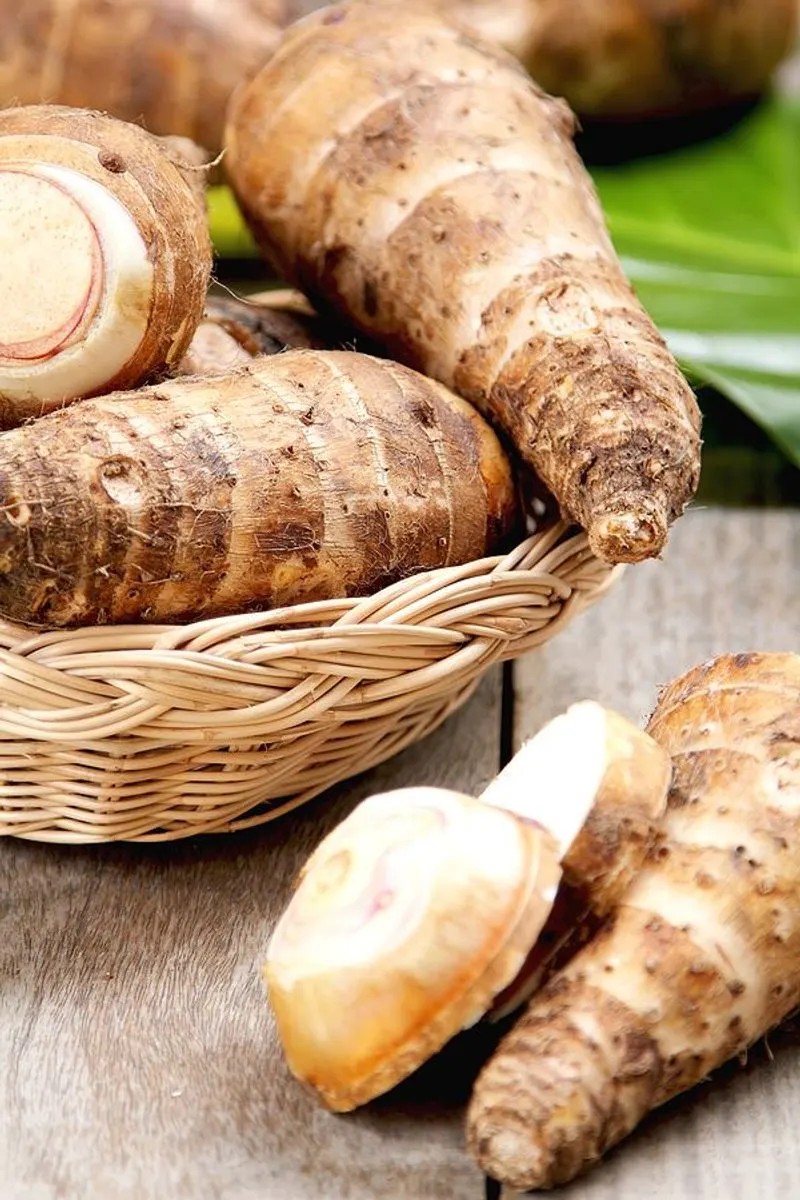
Taro, with its creamy texture, is a warm-soil wonder. Originating from Southeast Asia, taro thrives in tropical and subtropical regions. These starchy roots require moist, well-drained soil and temperatures above 70°F. Taro is renowned for its versatility, used in both savory and sweet dishes. It is a staple in Hawaiian, Polynesian, and Asian cuisines. The leaves are also edible when cooked, adding to its culinary appeal. Did you know? Taro is one of the oldest cultivated crops in human history, with cultivation dating back over 10,000 years.
Cassava
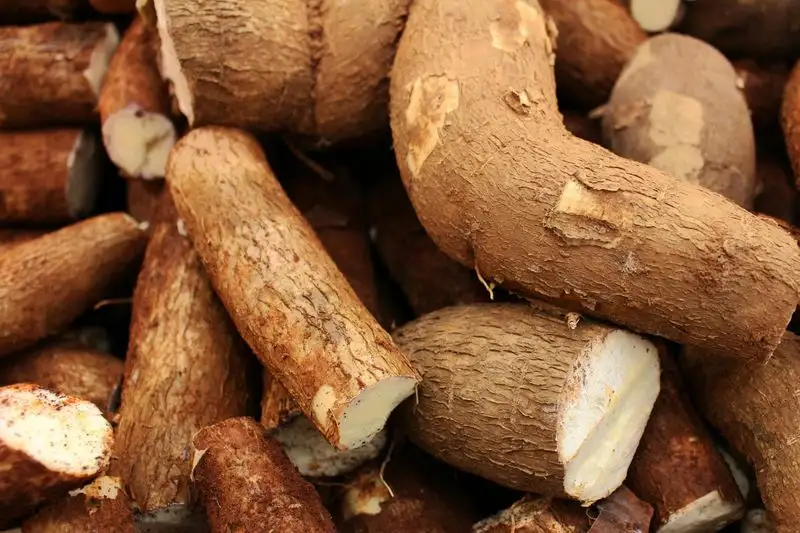
Cassava, a vital food source, thrives in warm climates. Requiring temperatures above 75°F, these starchy roots are a staple in African, Asian, and South American diets. Cassava is drought-tolerant, making it crucial in regions with variable rainfall. The roots are processed into flour, tapioca, and other products, offering versatility. However, cassava contains cyanogenic compounds and must be cooked properly to be safe. Did you know? Cassava is the third-largest source of carbohydrates in the tropics, following rice and maize.
Ginger
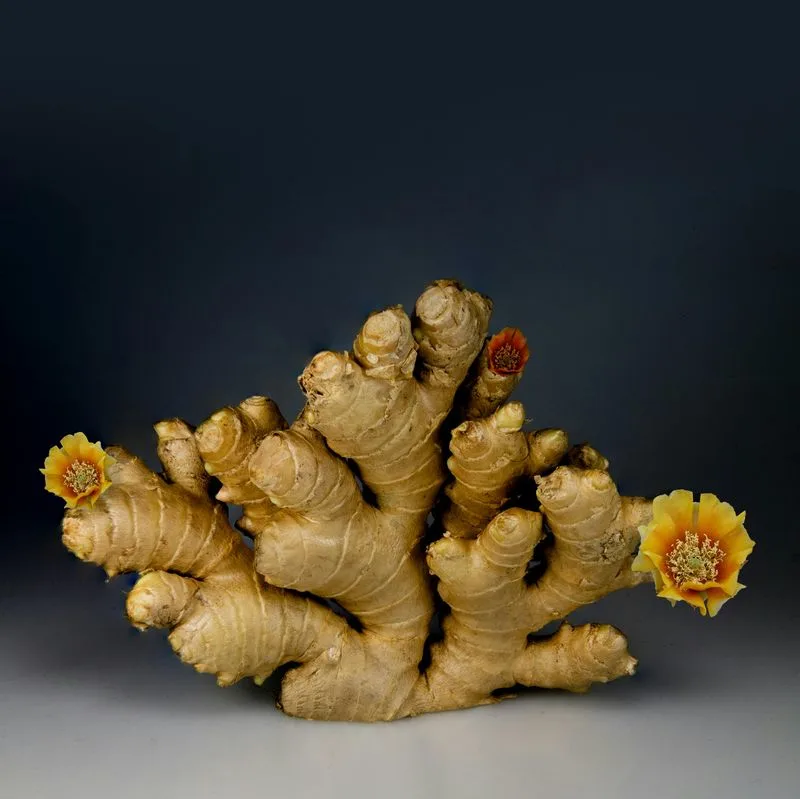
Ginger, with its spicy warmth, thrives in tropical regions. This aromatic root requires temperatures above 75°F and rich, well-drained soil. Originating from Southeast Asia, ginger is celebrated for its culinary and medicinal properties. Its zesty flavor enhances both sweet and savory dishes, from teas to curries. Rich in antioxidants, ginger supports digestion and immune health. Fun fact: Ginger has been used in traditional medicine for over 5,000 years, valued for its healing properties.
Horseradish
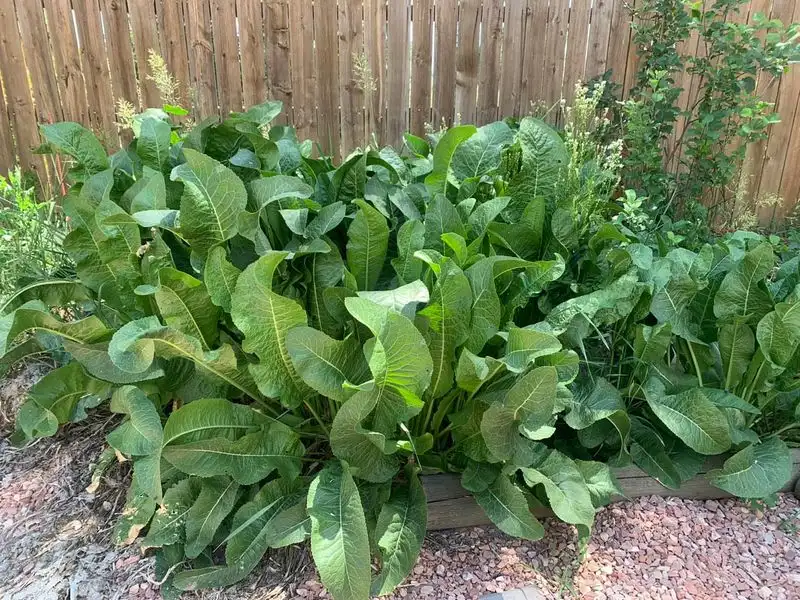
Horseradish, known for its pungent punch, thrives in cool soils. Preferring temperatures between 45°F and 70°F, this hardy plant is a staple in condiments. Horseradish roots are grated and mixed with vinegar to create the familiar spicy sauce. Originating from Eastern Europe, it’s been cultivated for centuries. The roots are harvested in late fall, after a period of cold weather enhances their flavor. Did you know? Horseradish was used by the ancient Greeks for medicinal purposes, believed to relieve back pain.
Potato
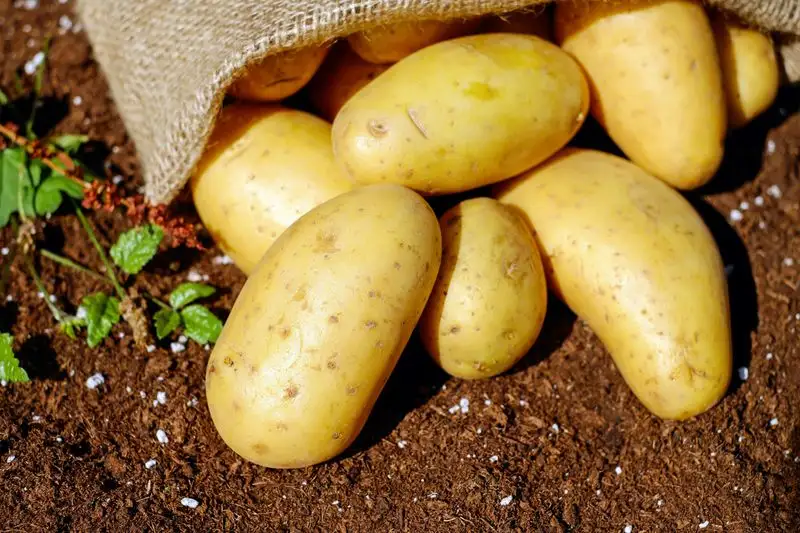
Potatoes, a global staple, prosper in cool climates. These tubers prefer temperatures between 60°F and 70°F. Originating from the Andes, potatoes have transformed diets worldwide with their versatility. They can be baked, boiled, mashed, or fried, providing a hearty base for countless dishes. Potatoes are rich in carbohydrates and essential nutrients, supporting energy levels. Fun fact: There are over 4,000 varieties of potatoes, each offering unique flavors and culinary possibilities.
Onion
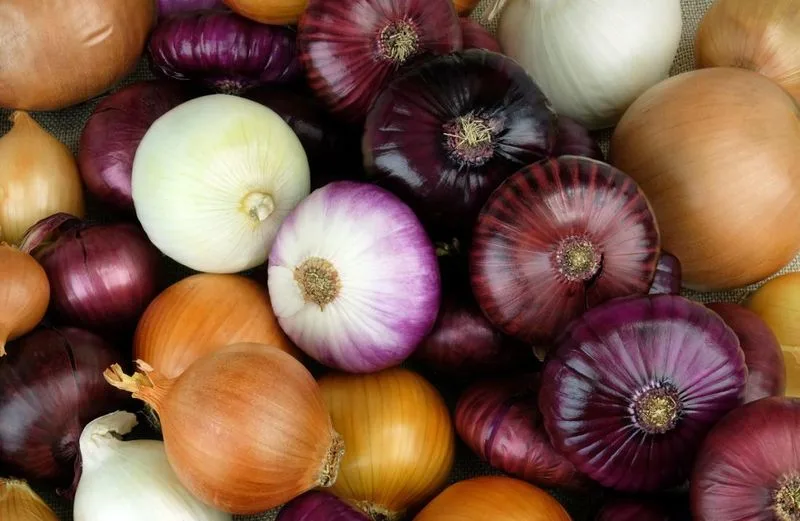
Onions, with their sharp, savory essence, thrive in cool weather. These versatile bulbs prefer temperatures between 55°F and 75°F. Cultivated for thousands of years, onions are integral to cuisines worldwide. Their flavor enhances everything from soups to stir-fries. Onions are rich in antioxidants and contribute to heart health. Historically, they were revered in ancient Egypt, symbolizing eternal life. Did you know? Onions were used as currency to pay workers who built the pyramids.
Garlic
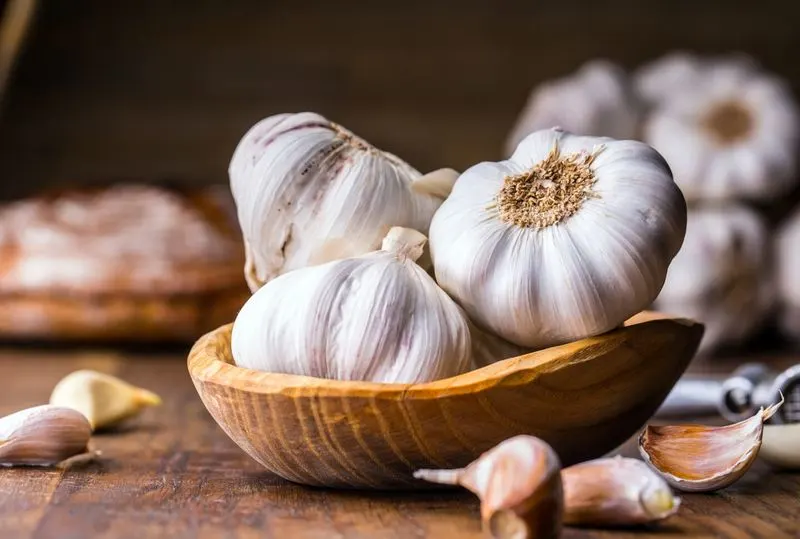
Garlic, with its bold flavor, thrives in cool soil. This pungent bulb prefers temperatures between 40°F and 60°F for optimal growth. Originating from Central Asia, garlic is a culinary powerhouse. Its cloves enhance dishes with their aromatic presence. Garlic is also celebrated for its health benefits, including support for immunity and heart health. Did you know? Garlic was consumed by ancient Greek athletes before competitions for enhanced performance.
Daikon
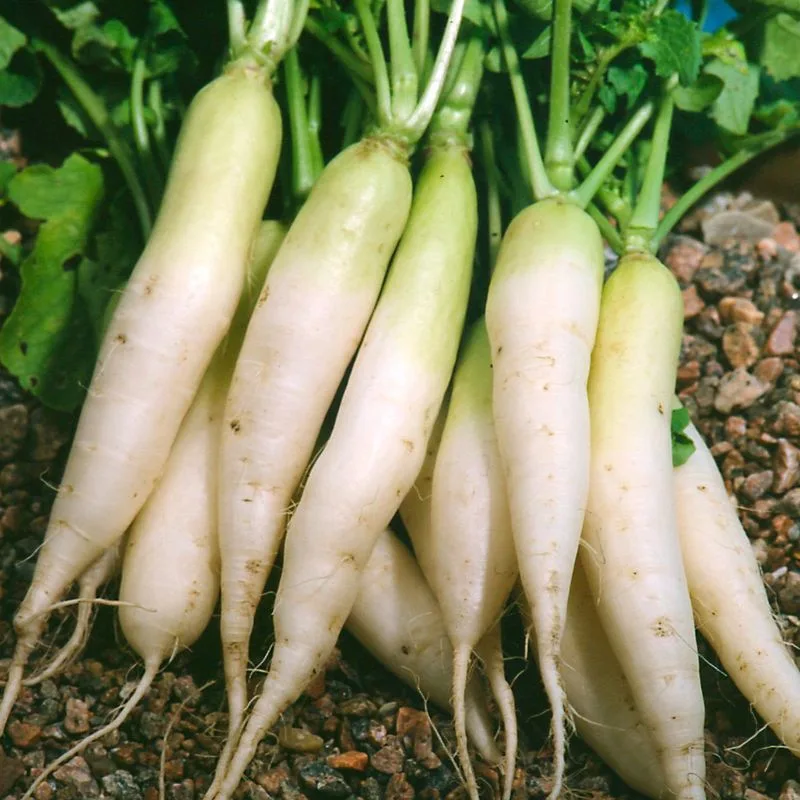
Daikon, a giant among radishes, thrives in cool weather. Preferring temperatures between 50°F and 70°F, these white roots are a staple in Asian cuisines. Their mild flavor and crisp texture make them versatile in salads, pickles, and soups. Originating from the Mediterranean, daikon has been cultivated for over a thousand years. In Japan, it is considered a symbol of good luck during the New Year. Fun fact: Daikon can grow over a foot long, making them a striking garden addition.
Celeriac
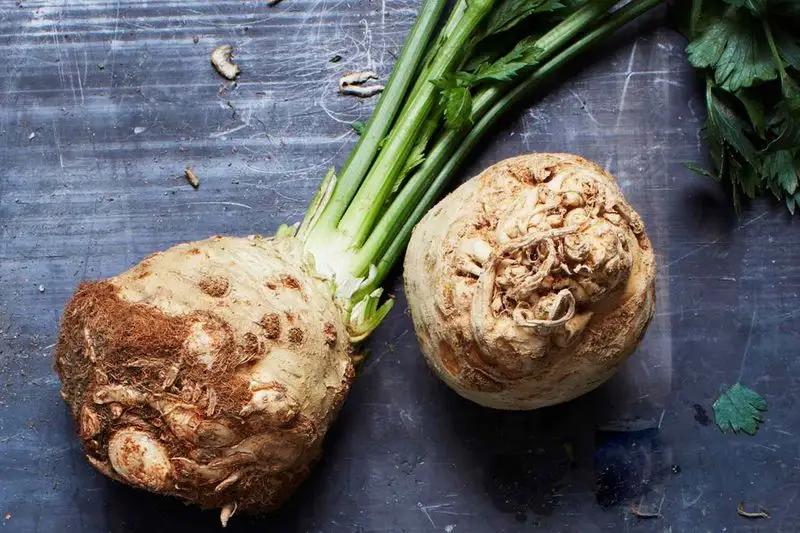
Celeriac, known as celery root, is a cool-weather wonder. With temperatures between 40°F and 75°F, it develops a nutty, celery-like flavor. This knobby root is a versatile culinary ingredient, perfect for mashes and soups. Originating from the Mediterranean, celeriac has been enjoyed for its flavor and texture since ancient times. Its subtle taste complements a variety of dishes. Did you know? Celeriac was cultivated by the ancient Egyptians, who valued its medicinal properties.
Salsify
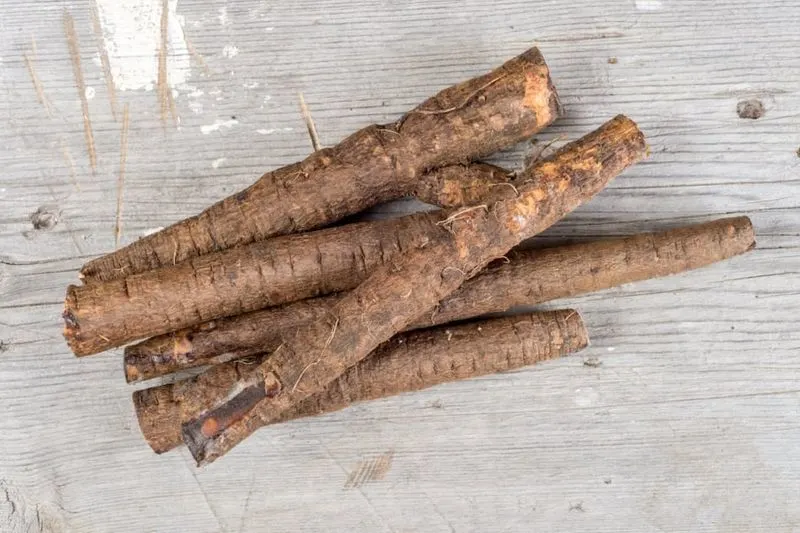
Salsify, often dubbed the “oyster plant” for its unique flavor, thrives in cooler climates. Its slender roots, reminiscent of a parsnip, hide beneath the soil, waiting to be unearthed. This hardy plant is not only cold-tolerant but also adds a touch of elegance with its purple blooms.
In the kitchen, salsify’s subtle taste makes it a versatile ingredient, suitable for soups or roast dishes. Historical records reveal its popularity in European gardens as far back as the 16th century, cherished for both culinary and medicinal uses.
If you seek a root vegetable that stands out in both flavor and form, salsify is a stellar choice.

